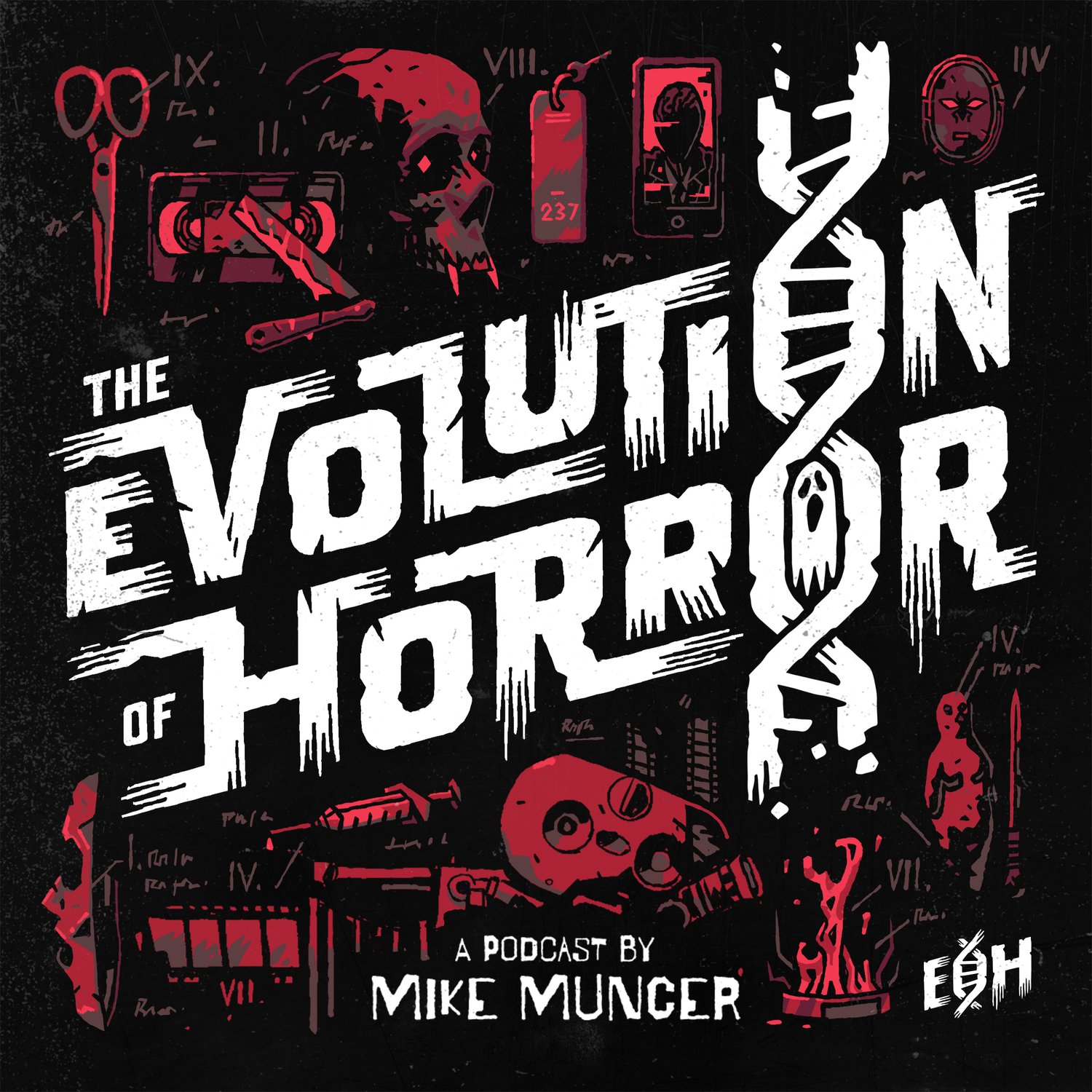11th January 2019
From outer space to inner space: exploring the horror / sci-fi crossover…
Space serves as the ultimate unknown, a place largely unexplored and a place too vast and powerful for man to conquer. Perhaps this is why outer space works as perfect backdrop for innovative and original scary stories on screen. According to the movies, space is a place where ‘No-One Can Hear You Scream’ that is filled with ‘infinite fear and infinite terror’ in which we must ‘be careful what we search for’. Space movies, along with many horror / sci-fi movies serve as warnings: don’t mess with forces you can’t comprehend.
Space as a setting is infinitely frightening. Everything about it suggests don’t go there: the lack of oxygen, lack of gravity, the extreme cold, extreme heat and the strong possibility of getting stranded and never returning home alive. The idea that at any moment one could become stuck in the seemingly endless void - and never be found again - is truly horrifying. Yet all of these dangers are hidden behind the veil of the beauty of planetary views and landscapes. Space movies always begin with characters looking on in awe at the beauty outside of their ships, but inevitably this awe eventually turns to fear and dread, the overwhelming realisation of just how vast their surroundings are.
The only thing more frightening than the vastness of outer space is the claustrophobic dread of the inner space. Whilst characters on screen peer out through protective glass into the vastness of the unknown, we as the audience look back at them, trapped inside a small, shadowy, dimly lit tin can, fraught with terrifying possibilities. This is why space serves as the perfect ‘monster in the house’ story, as proven in Ridley Scott’s quintessential space horror, Alien. So often in haunted house or slasher movies, we find ourselves shouting at the characters, “Get out! Run away! Just get out of the house! ” Alien gives us the perfect frightening haunted house scenario...the dangers that lie outside are no less fatal than the threat that lurks inside.
But it’s not just monsters and aliens that provide the terror in sci-fi horror. As is the case with many scary movies, it’s humans that often prove to be the most frightening creatures of all. Sci-fi is a great way of looking at the human condition, of lending a cold, objective, Gods-eye view of humanity and all it’s flaws. Putting a load of human beings from all walks of life in a small spaceship with dangerous surroundings is like watching a cruel but fascinating experiment take place in a petri dish. Soon enough, paranoia and mistrust begin to take over, as seen in Cloverfield: Paradox and Pandorum. Another interesting recent example is Passengers which somehow bizarrely managed to become a twisted, uncomfortable, banal love story, but initially showed promise as a great psychological horror movie about abuse and the selfishness of human beings in crisis.
Movies set in space plays on most of humans most base, primal fears: fear of the dark? Tick. Fear of wide open spaces? Yep. Fear of small, enclosed spaces? Of course. Fear of small, scuttling unknown creatures with lots of legs and tentacles? Absolutely. With all of these fear inducing elements you can see why space can be the perfect playground for a horror film. It’s easy to make space scary, right? Maybe this is why there’s a tendency to jettison established horror franchises into space as a last ditch effort to breathe new life into dying horror stories?
Jason Voorhees, having visited Manhattan and Hell in previous entries, made his way off planet in Jason X. Having seemingly exhausted all other Earth bound settings Hellraiser: Bloodline and the truly ridiculous Leprechaun 4: In Space also tried to pull off the same trick. Director Tobe Hooper's of Texas Chainsaw Massacre and Poltergeist fame also dabbled in space with Lifeforce, his space vampire movie. Dracula 3000 which used the epic tagline ‘In space there is no daylight’ also attempted to take a known horror monster and put them in the inhospitable environment of space.
But these films took away the one crucial element that made space so terrifying in the first place: the unknown. By throwing an already established horror antagonist into this setting they effectively took away the unknown element and replaced it with something the audience already knew would behave in a certain way. Suddenly even the huge, looming Jason Voorhees was no longer threatening when dwarfed by the vastness of space. That’s not to say there isn’t great pleasure to be had watching Jason use liquid nitrogen to freeze a woman’s face and smash it to pieces, but it took the character out of the place where it had the most power.
Maybe space simply doesn’t scare us as much as it used to. Alien is 40 years old this year. Times have changed. Recent creepy outings into the cosmos such as Life, Cloverfield Paradox and Alien: Covenant have been critical and commercial flops. Maybe modern audiences aren’t as scared by outer space as they are by grounded family horrors such as Hereditary, or politically tinged Trump-era horrors like Get Out…maybe what’s happening on Earth is a lot more frightening than anything that can be dreamed up in the world of sci-fi?
One thing’s for certain, when it comes to space, the sky’s the limit and there are infinite stories to be told. It only takes one innovative original and terrifying movie to unearth our fear of the great unknown once more and remind us of the myriad of horrors that lurk beyond the stars.
By James Payne



